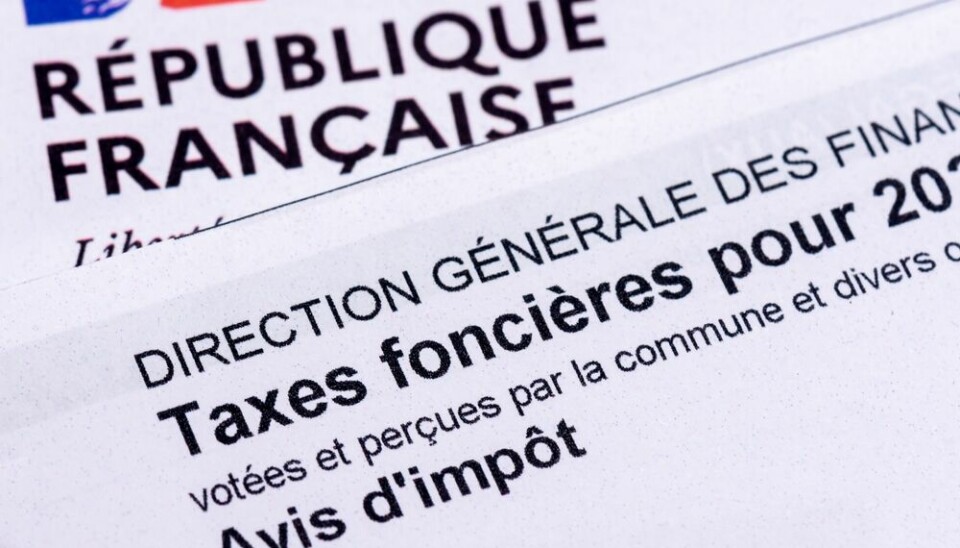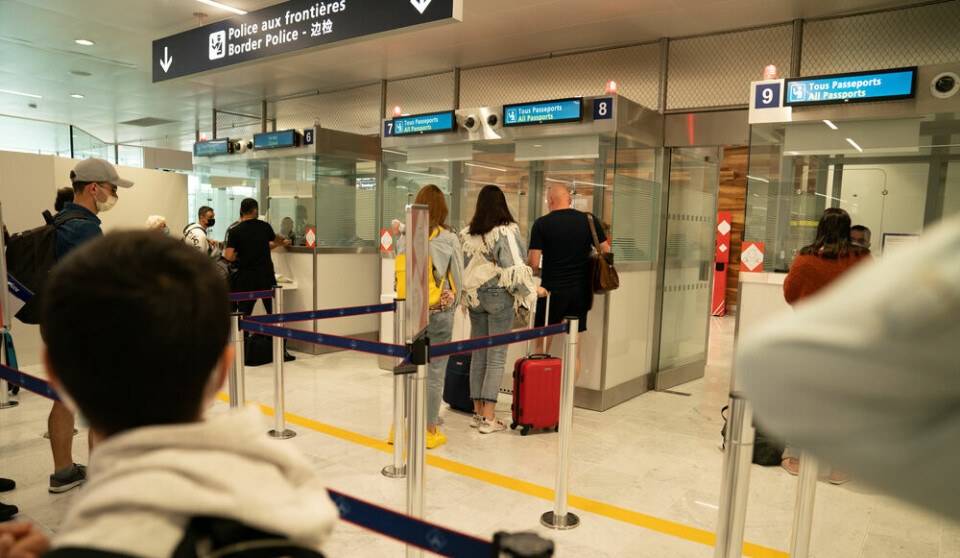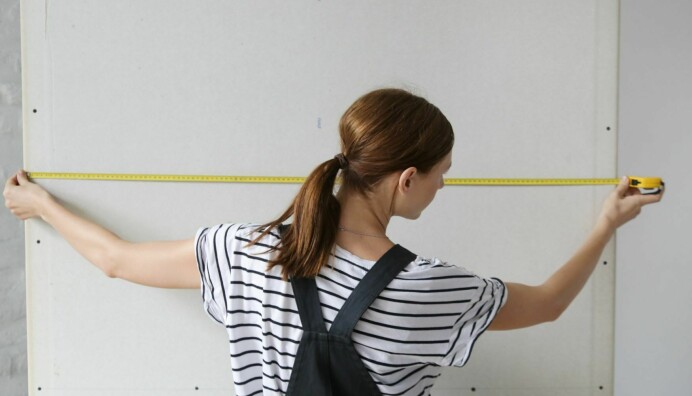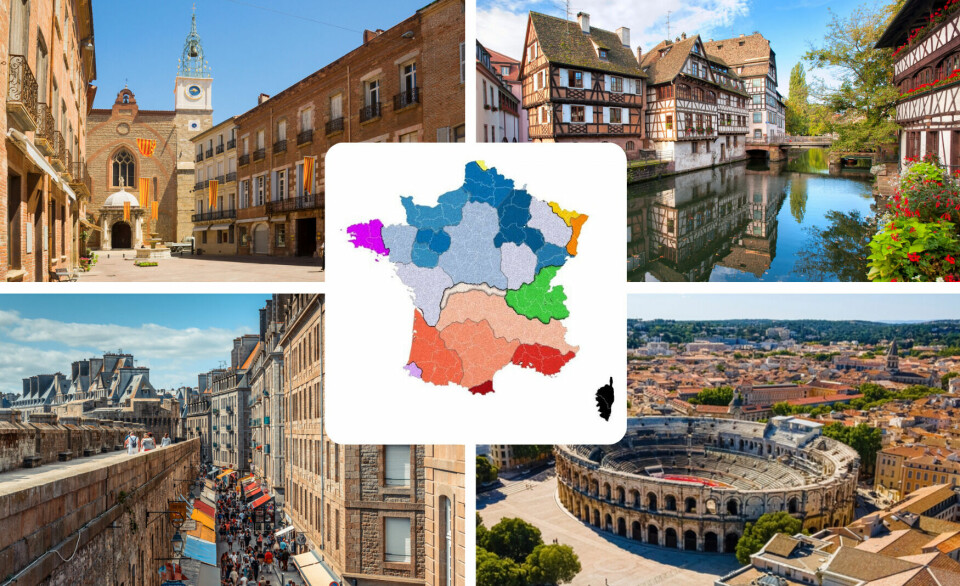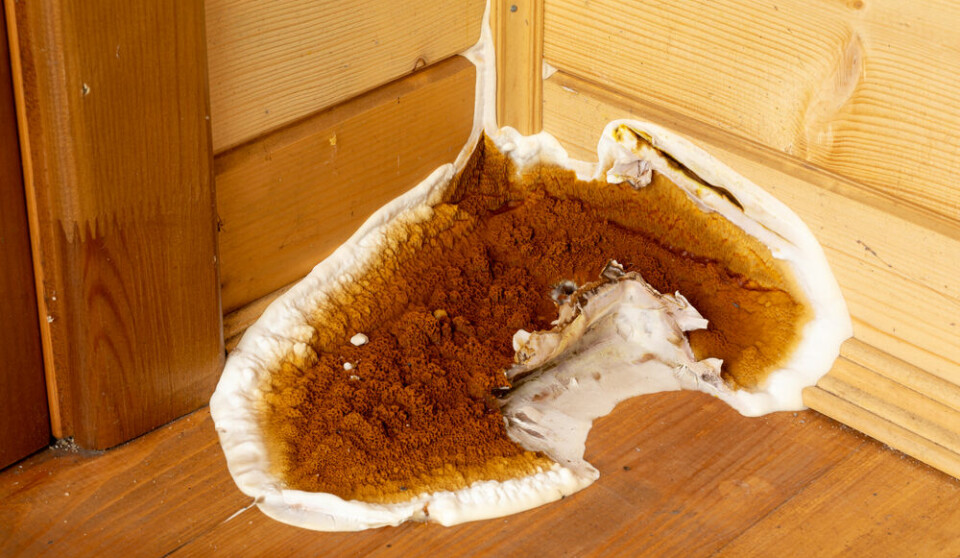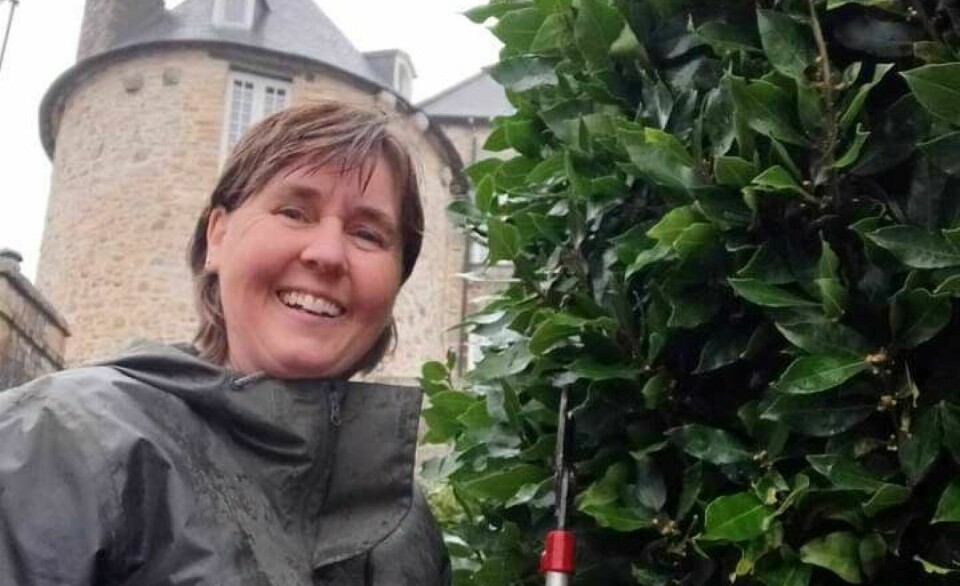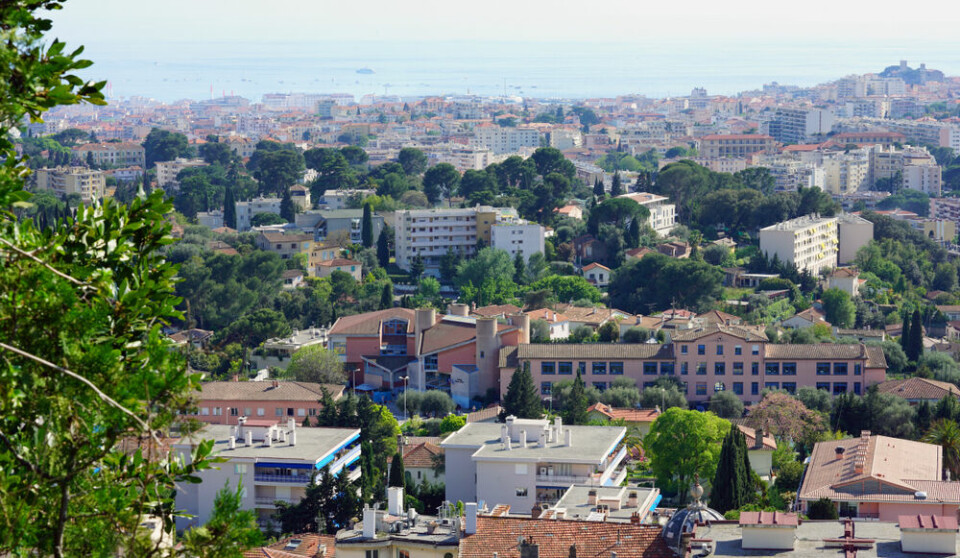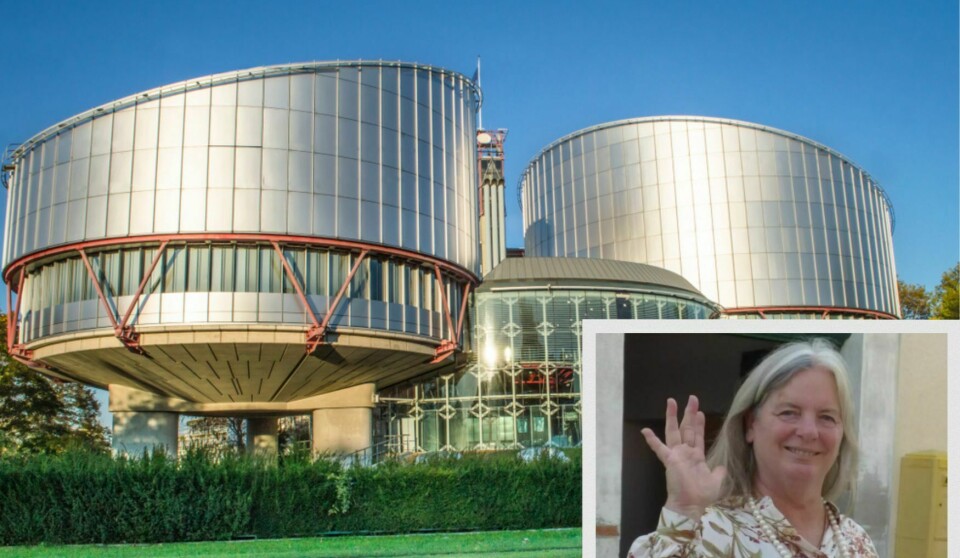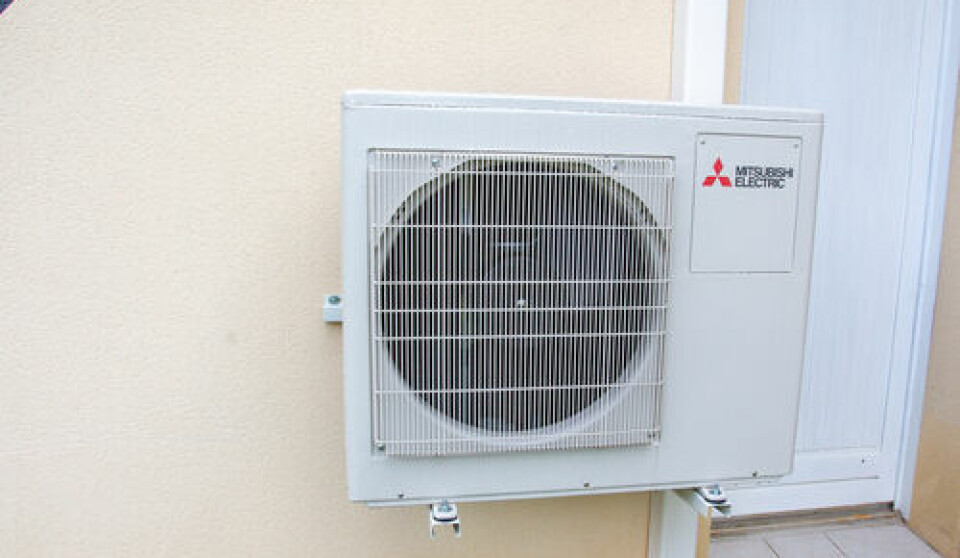Most French communes have now voted on rates for this year’s local property tax, taxe foncière. As the final decision deadline looms today (April 15), we look at where rates are known to be rising, stabilising, or even dropping.
Taxe foncière bills increased by 9% on average in France’s 200 largest communes in 2023, according to the property owners’ union UNPI. This year the rise is not expected to reach the same level, in large part due to the lower year-on-year inflation, which is factored into the calculation. However, significant rises have been announced in several areas.
Barring exemptions, taxe foncière is payable if you owned French property on January 1 of a given year. It applies to houses and flats as well as their adjoining facilities and gardens (and many kinds of commercial buildings).
Read more: Taxe foncière explainer: Who pays and the exemptions
There is a version called taxe foncière sur les propriétés non-bâties for land with no associated buildings.
The revenue goes to your mairie and, in some areas a part goes to an intercommunal body, to fund local schools, sports facilities and roadworks.
The bill is calculated each year based on the Valeur locative cadastrale (VLC) - a theoretical annual rental value for a specific property (for the taxe foncière calculation this is halved - see example below), multiplied by a rate set by the local council, which can increase or lower these rates if it wishes.
Example of how the taxe foncière is calculated?
If a property’s VLC is €8,000 and the council sets a 20% rate, then the taxe foncière bill would be 20% x €4,000 = €800.
VLCs are adjusted each year across the board in relation to the consumer price index. In 2024, they will increase by 3.9%, compared to 7.1% in 2023.
The deadline for councils to set their rate for the taxe foncière is April 15 this year. In 2023, the average rate voted in by councils across France was 35.6%, according to national tax authority the Direction générale des finances publiques (DGFiP).
Increases to tax bills as a result of increases to council rates are in addition to the overall rise in bills resulting from the annual increase in the VLCs.
When looking at rate increases, it is also necessary to distinguish between the rise in terms of percentage points, for example, three points from 20% to 23% for the council’s rate, and the percentage of the rise in rate that this represents.
For example, the three percentage point increase above, represents a 15% increase in the rate: 15% of 20 = 3, which also represents the resulting increase in the final bill.The biggest taxe foncière rises so far
Nice (Alpes-Maritimes): from 29% to 35%
The taxe foncière rate will rise 19%, from 29.6% to 35.3% this year, a measure that mayor Christian Estrosi (Horizons) says is necessary to maintain public services.
"This is the first time in 15 years that we have increased a tax that will affect around 50% of the population,” he told BFM Nice Côte d’Azur.
The rate for taxe d'habitation on second homes will also rise from 21% to 25%, as will taxe foncière sur les propriétés non-bâties from 32% to 38%.
For people with an average 54m2 flat, the higher taxe foncière rate will mean an increase of €114 a year in their taxe foncière bill.
Read more: Who still has to pay taxe d’habitation property tax in France?
Annecy (Haute-Savoie): from 29.8% to 34%
The taxe foncière will rise from 29.8% to 34% a measure that former mayor and oppostion councillor Jean-Luc Rigaut described as “suicidal”.
However, current mayor François Astorg (Les Verts) said the rise was necessary to fight inflation and “to allow investments in ecological transition and maintaining our heritage”
Nancy (Meurthe-et-Moselle): from 29.68% to 33.98%
The 4.3 percentage point rise, bringing the rate to 33.98% will result in a 14% increase on people’s bills.
“If you paid €500 in taxe foncière in 2023, it will be €575 in 2024, so just over €6 more per month,” Mathieu Klein, the mayor of Nancy, announced on France Bleu.
“If you have a larger property, and your tax foncière was €1,500 last year, it will be €1,750 this year. It is an indispensable and necessary increase, but reasonable.”
Villeurbanne (Rhône): from 29.9% to 32.9%
“This is not a decision that we are taking lightly,“ announced town councillor Jonathan Bocquet to Actu Lyon. “Our commitment to not increase taxes was made in a context in which it appeared that the town’s budget could pay for our agenda.
“Since then, there has been the Covid pandemic, the war in Ukraine and the worst inflation crisis since the 1970s”.
Montreuil (Seine-Saint-Denis) from 39.51% to 43.51%
Together with last year’s 7 point increase, and this year’s four point increase, the taxe foncière will have risen 12.77 % in two years, in addition to the rises on the VLC.
Mayor Patrice Bessac (Communist Party), said the decision was necessary due to the “difficult context”
“Since 2021, inflation has strangled our financial capacities, " he told Le Parisien. “By itself, inflation is responsible for 90% of the increases in our working budget these past three years.”
Sceaux (Hauts-de-Seine) from 33.52% to 39.52%
“Last year we didn’t increase the tax at all, but we can’t go on like this,” Mayor Philippe Laurent (UDI) told TF1. “We have budgetary constraints and equipment to maintain.
Rates may also stay the same… or even drop
The city of Toulouse (Haute-Garonne) has voted to retain the same rates as last year, so bills there will only rise by 3.9% due to the increase in the VLCs.
This is also the case in Meaux (Seine-et-Marne).
Paris has also stated it does not plan to increase its rate this year, after a huge 52% rise in the rate last year.
While it is not anticipated to be widespread, some communes will also vote for decreases in their rate.
So far, two communes known to have done so are:
